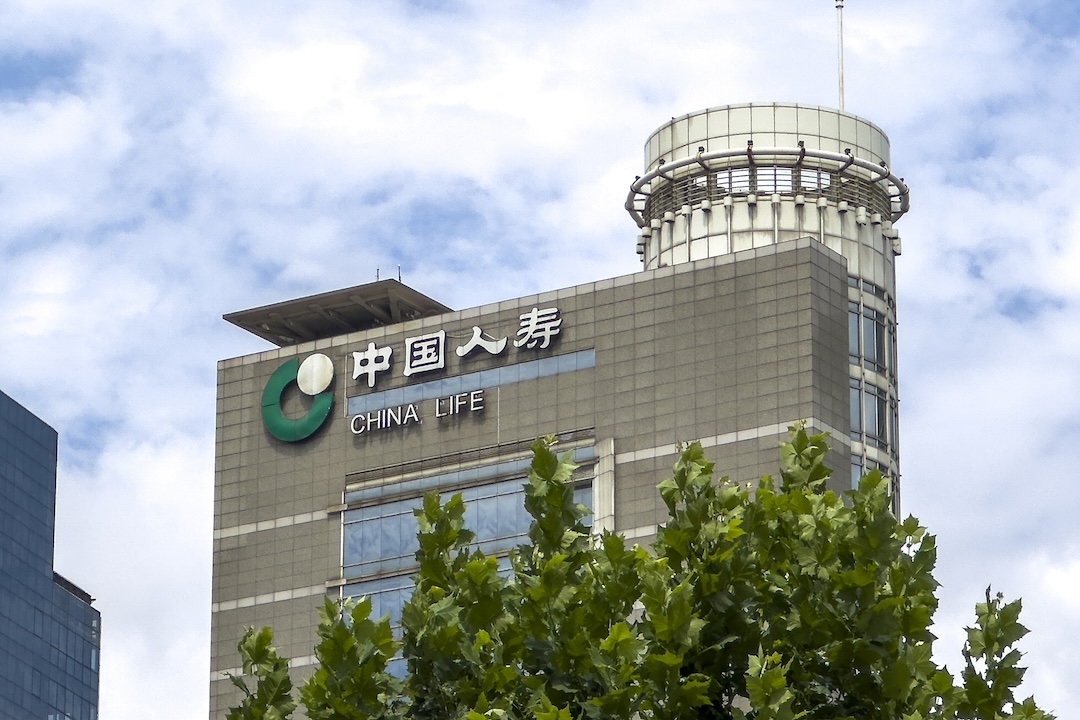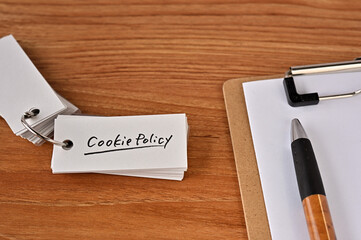No Permanent Relief: Retailers Predict Tariff-Driven Price Hikes

Table of Contents
Retailers' Concerns Regarding Future Tariff Impacts
Retailers are increasingly vocal about the long-term implications of tariffs, expressing deep concern about their ability to absorb further cost increases without passing them on to consumers. The cumulative effect of these tariffs is squeezing profit margins, forcing difficult choices, and threatening the overall economic stability of the retail sector.
-
Increased production costs leading to higher retail prices: Tariffs directly increase the cost of imported goods, forcing retailers to raise prices to maintain profitability. This creates a ripple effect, impacting not only the final retail price but also the entire supply chain.
-
Reduced profit margins squeezing retailers: As input costs rise, retailers are left with smaller profit margins. This reduced profitability can lead to decreased investment in innovation, reduced workforce, and potentially even business closures.
-
Potential for decreased consumer spending due to higher prices: Higher prices inevitably lead to reduced consumer spending, impacting overall economic growth and creating a downward spiral. Consumers may delay purchases or shift to cheaper alternatives, affecting market demand.
-
Shifting of production away from tariff-affected regions: Many companies are actively exploring relocating production to avoid tariffs, leading to geopolitical shifts and potentially impacting employment in tariff-affected regions. This relocation process is costly and time-consuming.
-
Impact on supply chain logistics and lead times: Tariffs can disrupt supply chains, adding complexity and increasing lead times. This uncertainty makes it difficult for retailers to plan effectively and meet consumer demand.
Specific Product Categories Facing Price Increases
The impact of tariff-driven price hikes is not uniform across all product categories. Some sectors are experiencing significantly larger increases than others.
-
Electronics: Smartphones, laptops, and other electronic devices have seen significant price increases due to tariffs on imported components. For example, some industry experts predict a 15% increase in the price of certain smartphone models over the next year.
-
Clothing and apparel: The price of clothing, particularly sportswear and children's clothing, has also been affected by tariffs on imported fabrics and finished goods. Consumers can expect to see continued price increases in this sector.
-
Furniture and home goods: Many furniture and home goods items rely on imported materials, resulting in price increases across the board. Consumers may find that furniture costs are significantly higher than they were just a few years ago.
-
Toys and games: The toy industry has not been spared from the impact of tariffs. Expect to see price hikes on a wide range of toys and games, potentially impacting holiday spending.
-
Other relevant categories: Other sectors, including building materials, automotive parts, and agricultural products, are also experiencing significant price increases due to tariffs.
Strategies Retailers Are Employing to Mitigate Tariff Impacts
Faced with sustained tariff-driven price hikes, retailers are actively exploring strategies to mitigate the impact. These strategies, however, often provide only limited relief.
-
Negotiating with suppliers: Retailers are working closely with their suppliers to negotiate better prices and terms. However, the ability to negotiate effectively depends heavily on global market conditions and supplier capabilities.
-
Exploring alternative sourcing options: Many retailers are diversifying their supply chains by exploring alternative sourcing options in regions not affected by tariffs. This process is often complex, costly, and time-consuming.
-
Implementing cost-cutting measures: Retailers are actively seeking ways to cut costs throughout their operations to offset the impact of tariffs. This can involve streamlining operations, reducing workforce, and negotiating better deals with logistics providers.
-
Raising prices incrementally: Many retailers are choosing to gradually increase prices to avoid shocking consumers with a large price jump. However, this tactic only provides temporary relief and may still negatively impact consumer spending.
-
Improving efficiency in supply chain management: Optimizing supply chain efficiency, including inventory management and logistics, can help minimize costs and mitigate the impact of tariffs.
The Impact on Consumers
The cumulative effect of tariff-driven price hikes is a significant reduction in consumer purchasing power. Consumers are forced to make difficult choices about their spending, potentially delaying purchases or forgoing certain items altogether. This changing consumer behavior could lead to significant shifts in market demand and purchasing patterns.
Conclusion
The ongoing impact of tariffs is undeniable. Retailers are predicting sustained tariff-driven price hikes, and their ability to absorb these costs indefinitely is limited. The resulting impact on consumers is likely to be significant, leading to reduced spending and altered buying habits. It's crucial for consumers to monitor tariff-driven price hikes and understand the impact of tariffs on their spending. Stay updated on tariff developments and their effects by tracking changes on reputable news sources and government websites. Understanding this complex issue is key to navigating the evolving economic landscape.

Featured Posts
-
 Kynyda Myn Eam Antkhabat Mkml Tyaryan
Apr 30, 2025
Kynyda Myn Eam Antkhabat Mkml Tyaryan
Apr 30, 2025 -
 Cbc Projects Poilievres Election Loss Conservative Leaders Seat In Jeopardy
Apr 30, 2025
Cbc Projects Poilievres Election Loss Conservative Leaders Seat In Jeopardy
Apr 30, 2025 -
 Resilient Investments Boost China Life Profits
Apr 30, 2025
Resilient Investments Boost China Life Profits
Apr 30, 2025 -
 Rapport Kering Amf Cp 2025 E1021784 Publication Du 24 Fevrier 2025
Apr 30, 2025
Rapport Kering Amf Cp 2025 E1021784 Publication Du 24 Fevrier 2025
Apr 30, 2025 -
 Navigating The New Cnil Ai Guidelines A Practical Approach
Apr 30, 2025
Navigating The New Cnil Ai Guidelines A Practical Approach
Apr 30, 2025
